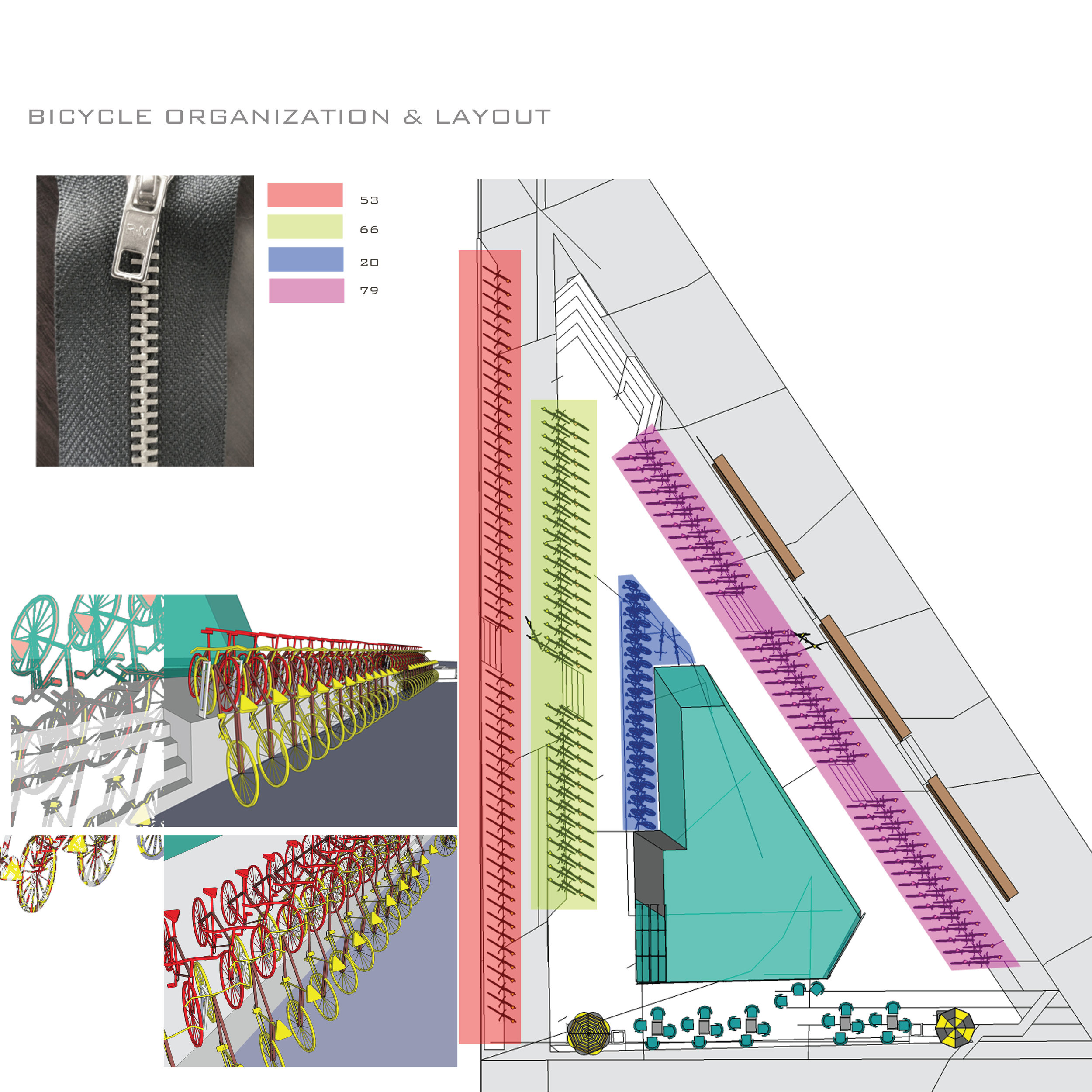BIKE STATION
Title: Enhancing Urban Infrastructure Diversity Through Bike Stations
In the modern urban landscape, the role of bike stations has emerged as a pivotal component in strengthening urban infrastructure diversity. These stations serve as hubs for sustainable transportation, fostering environmental consciousness, promoting healthier lifestyles, and enhancing overall urban connectivity. In a world grappling with congestion, pollution, and dwindling resources, the significance of bike stations cannot be overstated.
First and foremost, bike stations contribute significantly to promoting sustainable transportation alternatives. In the face of escalating environmental concerns, cities worldwide are seeking ways to reduce carbon emissions and mitigate the adverse impacts of vehicular traffic. Bike stations offer a clean, efficient, and ecofriendly mode of transportation, thereby diminishing reliance on fossil fuels and alleviating the strain on urban infrastructure.
Moreover, bike stations play a crucial role in encouraging active lifestyles and promoting public health. With sedentary lifestyles on the rise, fostering opportunities for physical activity within urban environments is imperative. By providing accessible and convenient access to bicycles, these stations empower individuals to incorporate exercise into their daily routines, consequently reducing the prevalence of sedentary-related diseases and enhancing overall well-being.
Furthermore, bike stations serve as catalysts for enhancing urban connectivity and accessibility. In many metropolitan areas, traditional modes of transportation such as cars and public transit systems are plagued by congestion and inefficiencies. Bike stations offer a flexible and agile alternative, allowing commuters to navigate through congested urban corridors swiftly and efficiently. By complementing existing transportation infrastructure, bike stations bridge gaps in accessibility and offer a seamless intermodal experience for urban dwellers.
In addition to their functional utility, bike stations contribute to the aesthetic and cultural vibrancy of urban landscapes. Designed with architectural flair and aesthetic sensibility, these stations serve as iconic landmarks and focal points within their respective neighborhoods. As communal gathering spaces, bike stations foster social interaction, community engagement, and cultural exchange, thereby enriching the fabric of urban life.
Bike stations fosters economic growth and stimulates local economies. As hubs for sustainable transportation, these stations attract investment, spur innovation, and create employment opportunities within the burgeoning cycling industry. Moreover, by reducing reliance on automobiles, bike stations alleviate the economic burden associated with road maintenance, parking infrastructure, and vehicular congestion, thereby freeing up resources for more productive endeavors.
In conclusion, bike stations represent a paradigm shift in urban transportation and infrastructure planning. By promoting sustainability, public health, connectivity, cultural enrichment, and economic vitality, these stations embody the principles of progressive urbanism and inclusive development. As cities grapple with the complex challenges of the 21st century, the integration of bike stations into urban landscapes is not merely a choice but a necessity—an imperative step towards creating vibrant, resilient, and equitable cities for generations to come.The Bike Station was a design solution to the increasing need for commuters to lock their bicycles before or after their train commutes. Thousands of commuters ride the train every morning to downtown Seattle and this bike hub will become integral to the public transportation infrastructure.
Information
Location
303 S Jackson St Seattle, WA 98104
Gallery







The King Street Bike Station tied together various infrastructure projects near the center of Pioneer Square and on the edge of the Internation District.



